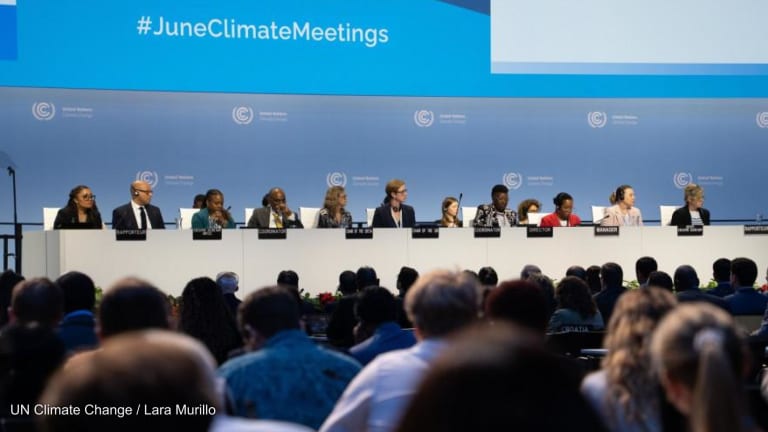Editor’s note: This article will be updated regularly throughout COP29 with insights from Jesse Chase-Lubitz and Ayenat Mersie.
Monday, Nov. 11
By Jesse Chase-Lubitz
Printing articles to share with others is a breach of our terms and conditions and copyright policy. Please use the sharing options on the left side of the article. Devex Pro members may share up to 10 articles per month using the Pro share tool ( ).
This article was last updated on 22 November 2024









